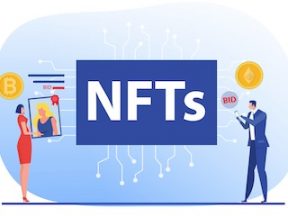The Organisation for Economic Co-operation and Development is an intergovernmental agency with 38 member countries, founded in 1961 in France to stimulate economic progress and world trade. The OECD’s “AI Policy Observatory” tracks artificial intelligence research and advancement. This includes the number of annual AI-related research papers by country, an indicator of its progress.
According to the OECD, since 2010 China has led the world in AI research, reaching 141,006 cumulative (since 1980) papers in 2021. Hence China is becoming the global leader in artificial intelligence.
–
Global robot orders rose once more in Q1 2022 as technology became more accessible. That’s according to Interact Analysis, a provider of technology research, which forecasts the worldwide collaborative robot (i.e., interacts with humans) market will grow by roughly 20% annually through 2026, reaching approximately $2 billion.
–
Gartner, Inc, a research and consulting firm, surveyed 1,515 U.S. workers in October and November 2021 to measure attitudes regarding AI.
Some respondents expressed concerns that robots and artificial intelligence could eliminate jobs. Others expressed optimism that AI could take over repetitive and mundane tasks.
–
Accenture, a technology consulting firm based in Ireland, defines “AI maturity” as measuring “the degree to which organizations have mastered AI-related capabilities in the right combination to achieve high performance for customers, shareholders and employees.”
Accenture’s report, “The art of AI maturity: Advancing from practice to performance” (PDF), is based on financial and non-financial data of 1,176 global firms that use AI, as well as survey data from 1,615 executives conducted in August and September 2021 in 16 industries and 15 countries.
The report ranks AI maturity by industry on a 0 to 100 scale, with 100 being the highest possible adoption.




